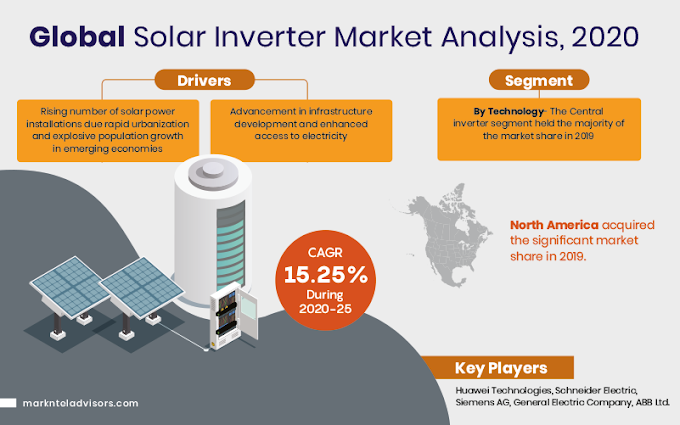A Virtual Power Plant (VPP) is a new concept of energy supply service that involves multiple distributed energy resources (DERs), including solar PV panels, fuel cells, wind farms, etc., which can be controlled remotely by IoT. Virtual power plants help take off the stress from the grid by smartly distributing the power generated by individual units during peak load times.
Rapid urbanization as well as several initiatives toward digitalization & decarbonization are transforming ways of industrial goods & energy production & consumption worldwide. As a result, power grids are witnessing significant transformations in how electricity is generated, transported, & consumed.
Moreover, the shift to decentralized grid systems like Virtual Power Plants from conventional grid systems is swiftly accelerating across regions, principally due to rapid technological innovations in balancing the grid energy, bringing cost-efficiency & new business models, and increasing support from governments of different countries through favorable policies. In view of this, a recent research study has cited that the Global Virtual Power Plant Market is expecting around 27% CAGR during 2021-26.
How Virtual Power Plants Bring Efficiency in Clean Energy Generation?
At times, when there's no wind blowing or rain falling, solar energy fulfills the responsibilities of power generation. VPPs play a crucial role in balancing the inconsistency of power generation and ensuring a stable energy supply.
Owing to the effectiveness, reliability, and effectiveness of the Virtual Power Plants, they project themselves as a valuable alternative to fossil fuel-based power plants. A Virtual Power Plant utilizes technologies like Information & Communication Technologies (ICT) & the Internet of things (IoT) to manage energy production, consumption, & storage and bring cost-efficiency.
Get a sample copy of the market research report: https://www.marknteladvisors.com/query/request-sample/global-virtual-power-plant-market.html
Most Prominent Advantages of Virtual Power Plants
When we compare Virtual Power Plants with the traditional ones, the former displays some notable advantages. Stick with the blog until the end to find out more:
- Effectiveness
The distributed nature of Virtual Power Plants yields more efficiency than fossil fuels since the latter requires constant investment in the up-gradation of power grids due to mounting energy consumption levels. Besides, consuming energy at locations closer to where it gets produced reduces the transmission costs and burden from the power grids. Hence, no investments into the up-gradation of grids are required, which, in turn, reduces the energy costs for end-users.
- Flexibility
Virtual Power Plants can control the power requirements by managing the energy storage & connected devices and postponing the energy supply. These aspects help retain the stability of the power grid when there is an extensive distribution of renewable energy. Besides, a VPP can also suffice the constantly surging energy demands without needlessly increasing the power grid capacity in order to fulfill future requirements.
- Reliability
Virtual Power Plants are durable & reliable, which enables power grids to overcome challenges like technical breakdowns of energy sources without shutting down the entire power plant. Besides, since a VPP can function independently, it is highly reliable during natural disasters.
Takeaway
A Virtual Power Plant is a cost-effective solution to renewable energy generation & eliminates the need for expensive power grid up-gradation to meet the energy requirements of consumers across different verticals. Owing to the availability of technologies like IoT & AI, VPP also generates a detailed report on operations like power production, distribution, consumption, etc., and builds refined business models to bring VPPs commercially viable without subsidies.









0 Comments